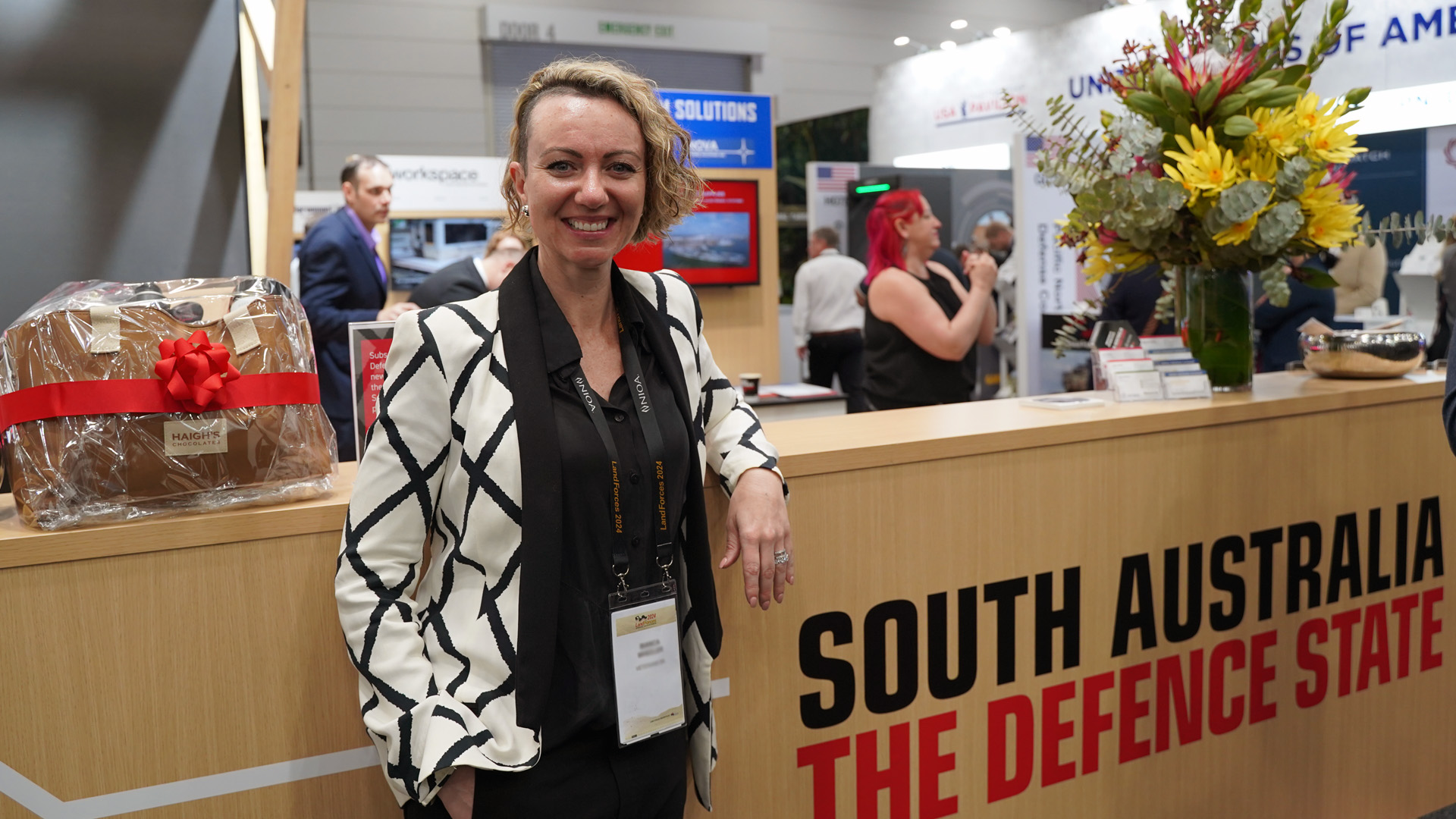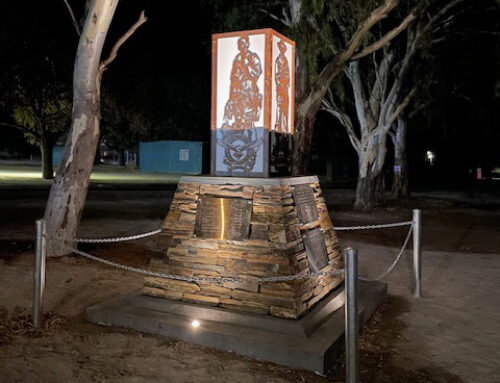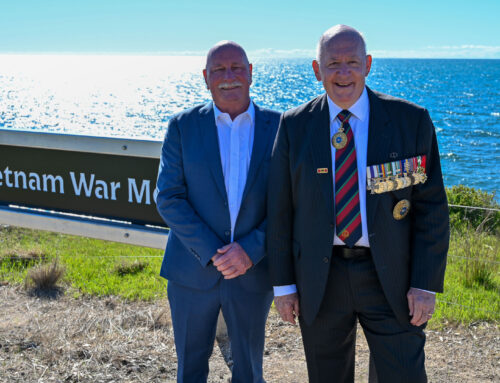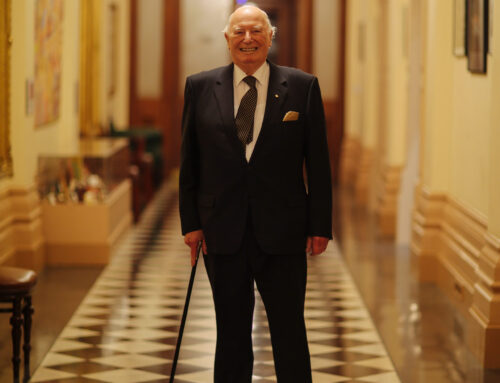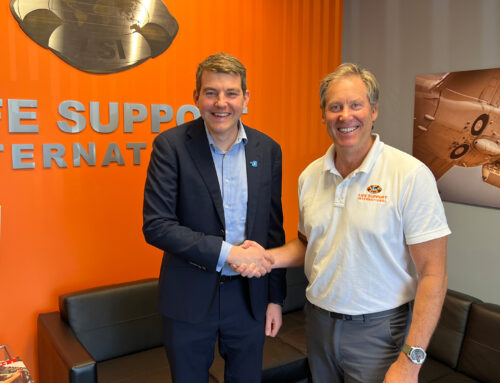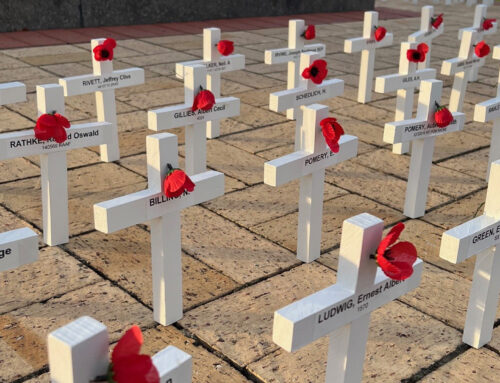Think Remembrance Day is just for the older generation? Think again. An ex-Naval officer with her own incredible story explains why November 11 is still so important.
“Remembrance Day is about linking the past to the present, and then taking that and considering what that means for the future,” Bianca Wheeler, the new Director of Veterans SA, says.
It’s a day that bridges generations, connecting the sacrifices of the past with the challenges of today and the hopes for tomorrow.
“You can’t know where to go in the future without knowing where you come from,” she says.
And for Bianca, Remembrance Day is “constantly evolving for each generation,” creating new ways for veterans and communities to reflect, mourn, and celebrate together.
The significance of Remembrance Day
Remembrance Day, originally called Armistice Day, marks the end of World War I. On the 11th hour of the 11th day of the 11th month in 1918, the guns on the Western Front fell silent after more than four years of nonstop warfare. It was renamed Remembrance Day after World War Two to commemorate those who were killed in both World Wars.
Why the poppy? These bright red flowers were the first to spring up in the WWI battlefields of northern France and Belgium. In Australian soldiers’ folklore, their vivid red symbolised the blood of fallen comrades.
Today, Remembrance Day honours the loss of Australian lives from all wars, conflicts, and peacekeeping operations. For Bianca, it’s a day to keep their memories alive by commemorating their service and sacrifices.
Breaking stereotypes: Meet the modern veteran
When you think of a veteran, what image comes to mind? If it’s an older person wearing a chest full of medals, think again.
South Australia is home to nearly 48,000 veterans and current serving members of the Australian Defence Force (ADF), spanning all ages and backgrounds.
Despite her six years in the Royal Australian Navy, Bianca admits even she sometimes struggles with the label ‘veteran.’
“To date, I haven’t called myself that because it feels reserved for another generation, a generation who fought in past world wars,’” she says.
But her role at Veterans SA is reshaping her view.
“It’s my job to somehow bring ‘it’ to life and maybe give new meaning for younger generations who have served so they can feel they have the right to embody it.”
A personal story: Bianca’s journey
Bianca’s story defies the traditional veteran image. After surviving a near-fatal bout of meningococcal disease as a teenager, she joined the Royal Australian Navy as an Electronic Warfare Linguist (EWL), craving adventure. Her service was mostly classified, supporting special operations and assets from onshore.
“I can’t talk about the work I did, and I don’t have a chest full of medals,” she says. “A lot of people can wear their military memories on their chest, but mine are worn on the inside.”
Transitioning to civilian life wasn’t without its challenges, but was relatively smooth for Bianca, who has since held leadership roles with Austrade, Charlies Foundation for Research, and in the NT and SA governments before returning to the Defence community.
“I never thought I’d work in the Defence community again—I thought I’d left it behind,” she says. But when the opportunity to head Veterans SA came along, she realised her experiences could inspire others.
Veterans are SA’s hidden asset
Bianca explains how veterans are an asset to the workforce in South Australia, the Defence State.
“Veterans are an economic enabler,” Bianca says. “We’re strategic assets for companies because we’re trained in ways that many others aren’t.”
Veterans bring unique skills like teamwork, a strong work ethic, the ability to work well under pressure and usually, a wicked sense of humour to the civilian workforce, helping to strengthen our state’s economy.
Supporting veterans through transition
But it’s not just about what veterans can do for us. It’s also about supporting their journey back into civilian life to find purpose in a different world. For some, this transition can be challenging and may take years.
Veterans SA is committed to easing this process, supporting initiatives ranging from tailored education pathways through the STEP program with TAFE SA to resilience-building programs aimed to help veterans and their partners shape success in their civilian lives.
Veterans SA is also at the forefront of veteran support in Australia, supporting everything from employer-focused events and tertiary scholarship programs to commemorative grants to educate younger generations about the nation’s history of service and sacrifice.
Bianca says the agency’s proactive role was highlighted when the Royal Commission on Defence and Veteran Suicide released its final report in September.
It identified that South Australia was already addressing most of the recommendations for states and territories in that report, she says.
A family affair: Recognising veteran support networks
Supporting veterans isn’t just about individuals—it’s about their families too.
“There’s a whole support network of parents, cousins, kids, siblings, wives, husbands and close friends, who actually scaffold that individual,” Bianca says.
Veterans SA offers initiatives like the Veterans SA Career and Business Mentoring Program, designed to help both veterans and their partners not only navigate the transition to civilian life but also ‘level up’.
In a national first, SA introduced Veterans’ Families Day on May 15 each year to honour “the heroes behind the heroes.”
October 19 has also been officially enshrined as War Widows Day, recognising the sacrifices of generations of war widows and widowers.
Home Base SA: A hub for veterans and families
Home Base SA is key to attracting and keeping current and ex-ADF members in the state. It serves as a one-stop information hub, offering resources and support for veterans and their families to help them feel connected and supported.
Bianca emphasises that community connections are at the heart of her role.
“Unless you’re connecting with the community, you don’t know what they want,” she says. “You don’t know how to start to move them along a trajectory to the place they want to be.”
To find out more about SA Remembrance Day commemorations, click here.
To learn more about the programs supported by Veterans SA, click here.
—
This article was originally published by The Post and is shared here with permission.
